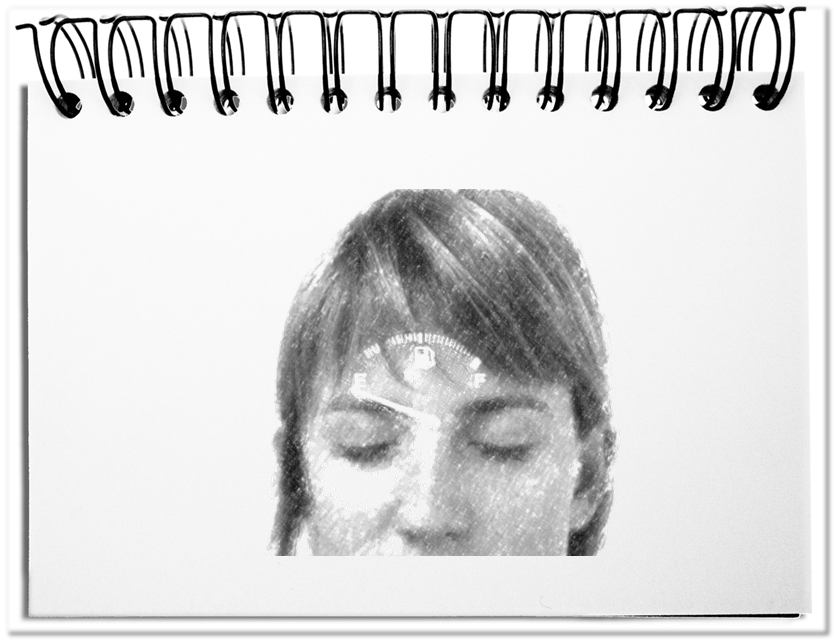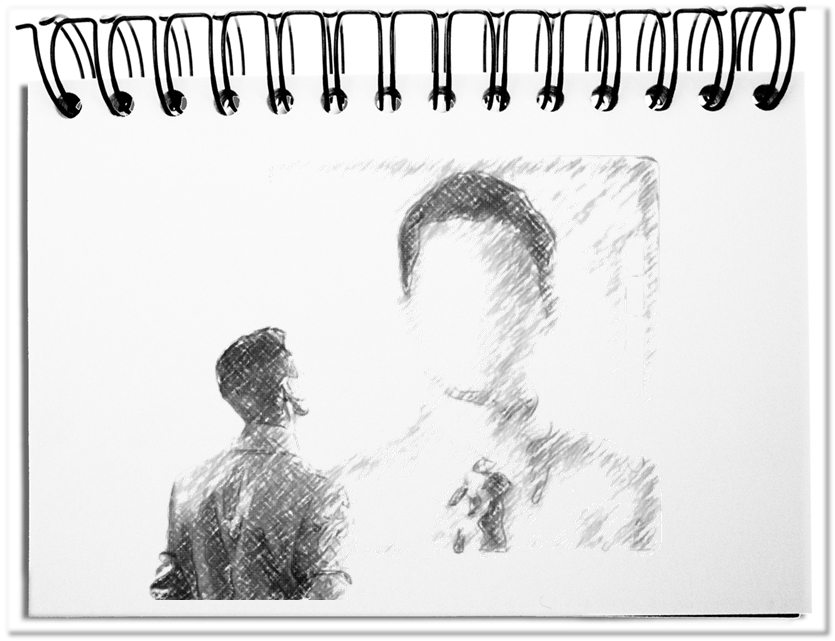Agile activities are determined by the acting people, who produce seizable results. Each particular aspect that makes a contribution to the overall outcome is thereby of interest. These are on the one hand the memetic results – ideas, topics, concepts, models, plans and practices. On the other hand it’s a matter of the physical products – prototypes, parts, components and assemblies. In order to exploit the opportunities of agility, the acting people need a constant energy level. Nothing else remains to be done by the managers than tackling things or doing anything, so that the involved people do not work to hard, not to burn out, but to conserve their energy.
The stamina of employees in the context of agile projects and, above all, the duration of a high agile energy level are apparently not yet analyzed. Factors that affect the duration and encourage on a long-term basis are among other things the following aspects.
- Positive self-image
A positive assessment of the self-esteem results from the own, recognized strengths (e.g. skills, creativity) and the controllable weaknesses (e.g. impatience, being nutty on details). The self-image is often reinforced by the comparison with other people.
The manager should suppress all disturbing impulses, like the feeling of competing with the employees, in order not to put scratches on their self-image. - Aligned doing
As soon as the employees have found their direction; they become bound to everything that goes into this direction. All thoughts turn around planning, execution and implementation of the various parts as well as around similar results that other people created.
The manager can foster this momentum, by providing appropriate material, trainings and events for the employee. - Real autonomy
The feeling of having control of your own fate and to determine your own career with suitable measures create self-confidence that allows admitting difficult tasks. This results in a confident attitude that achieves more than a negative.
The manager is crucial for the elbow spaces that are available to the employees. This takes place on the one hand through the fact that they do not interfere into each detail as well as to prevent on the other hand that others limit the autonomy of the employees. - Official acknowledgment
The results that are obtained by the employees, should be honored by the internal public. This can take place through respective publications in the available media, mentions within given events or through appropriate trophies (e.g. certificates, cups, and badges).
The manager is responsible to take care that the employees are praised and/or for the fact that deliverables become officially visible. - Equal workload
Dependent on the employee type they work with their personal rhythm. There are morning and evening beauties, short-distance and long haul runners as well as short- and long-winded, rhythmic and flowing characters. It is common for all that an interruption of their work is counter productive, since the resumption of the thread always takes a lot of time.
The manager should know the rhythms of their employees and do everything that they are not thrown out of their rhythm or will be interrupted.
Whereas leaders in the past intervened from above with defaults, demands and instructions in order to prove themselves, now the conception of the world is put upside down. With the old approach they would destroy the mechanisms that keep the employees moving. In agile environments they carry the needs of all employees on their shoulders.
Bottom line: The pro-active actors are located in the center of a self-organized world. Their positive self-image, their aligned doing, their need for real autonomy, their official acknowledgment and their equal workload are apart from other aspects the pre-requisites for agile approaches. The managers have the duty to support the employees in all areas. Thus, the energy is extensively longer conserved in agile activities.


